Introduction to Egerton University:
Basic Overview
Established in 1939.
Nature of institution: Public university.
Geographical location: The main campus is located in Njoro, about 25 kilometers southwest of Nakuru Town, Kenya, and about 182 kilometers northwest of the capital Nairobi.
Number of students: 28,000 undergraduates and 7,000 postgraduates.
Historical evolution
In 1939, Egerton Farm School was established.
In 1950, it was upgraded to Egerton Agricultural College, offering diploma courses.
In 1955, the Egerton Agricultural College Regulations were promulgated.
In 1979, it expanded significantly with funding from the Kenyan government and the United States Agency for International Development.
In 1986, it became a constituent college of the University of Nairobi.
In 1987, it became an independent Egerton University through an Act of Parliament.
School Strength
Faculty: 468 academic staff and 516 administrative staff.
Course Setting: Undergraduate, postgraduate and doctoral courses covering agriculture, art, business, education, engineering and other fields are provided.
Research Results: Remarkable achievements in agriculture, biology and other fields, cooperation with Nanjing Agricultural University in China, and the establishment of the Kenya-China Joint Laboratory of Crop Molecular Biology.
Educational Philosophy
Vision: To become a world-class university and promote human progress.
Mission: To create knowledge, provide quality education and training, and promote national and global development.
Key Laboratories and Disciplines
Key Disciplines: Agriculture, Veterinary Medicine, Environmental Science and other disciplines are advantageous disciplines.
Key Laboratory: Kenya-China Joint Laboratory of Crop Molecular Biology.
Faculties and Colleges
Ten Faculties: College of Agriculture, College of Arts and Social Sciences, School of Business, College of Education and Community Studies, College of Engineering and Technology, College of Environment and Resource Development, College of Health Sciences, School of Law, School of Science, and School of Veterinary Medicine.
School Ranking
In July 2021, Webometrics ranked first in Kenya.
Fees
Tuition fees: There is no official data, but as a public university in Kenya, the tuition fees for domestic students are relatively low, and the tuition fees for international students may be around US$3,000-5,000 per year.
Living expenses: In the Nakuru area, students' monthly living expenses include accommodation, food, transportation, etc., about US$500-800.
Campus environment
Campus size: The main campus covers an area of 740 acres.
Architectural style: It combines modern and traditional styles, with modern teaching buildings, libraries and other facilities.
Supporting facilities: It has a complete library system, agricultural science park, computer laboratories, etc.
-

Catholic University of Eastern Africa
-
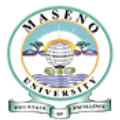
Maseno University
-
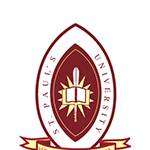
St. Paul's University
-
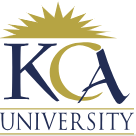
KCA University
-

Daystar University
-
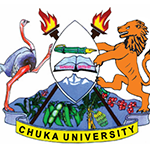
Chuka University
-
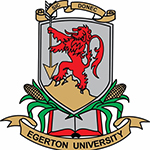
Egerton University
-

Laikipia University
-
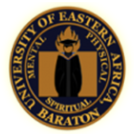
University of Eastern Africa, Baraton
-
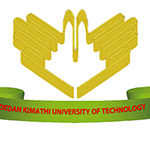
Dedan Kimathi University of Technology
-

Mesoamerican University
-

Istmo University
-

Mariano Galvez University of Guatemala
-

Regional University of Guatemala
-

Galileo University
-

Francisco Marroquín University
-

Rafael Landívar University
-

University of the Valley of Guatemala
-

University of San Carlos of Guatemala
-

Technological Institute of Tlaxcala Plateau
-

Golfo University
-

Technological University of South Sonora
-

Technological University of Huejotzingo
-

Tizimín Institute of Technology
-

Chilpancingo Institute of Technology
